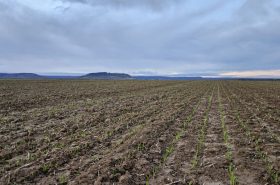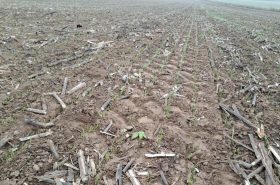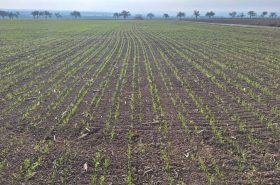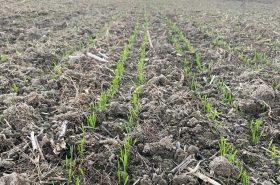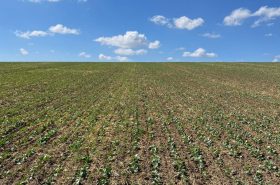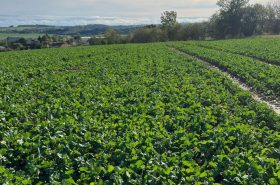The MATADOR MO offers high versatility in crop seeding, including unconventional methods like narrow double-row seeding. In the fields mentioned below, wheat was seeded in double-rows with 25 cm spacing between pairs and 12.5 cm within the double-rows. This method reduced plant density per unit area while achieving more uniform distribution of crops.
This technology offers several agronomic advantages, such as improved access to water, nutrients, sunlight, and growth space—particularly beneficial for hybrid varieties. Lower plant density also enhances resistance to drought stress.
Another advantage is the reduced seeding rate, which not only cuts seed costs but also encourages cereals to develop stronger, shorter tillers, potentially reducing lodging and minimizing secondary shoots in the future.
 BEDNAR FMT
BEDNAR FMT





